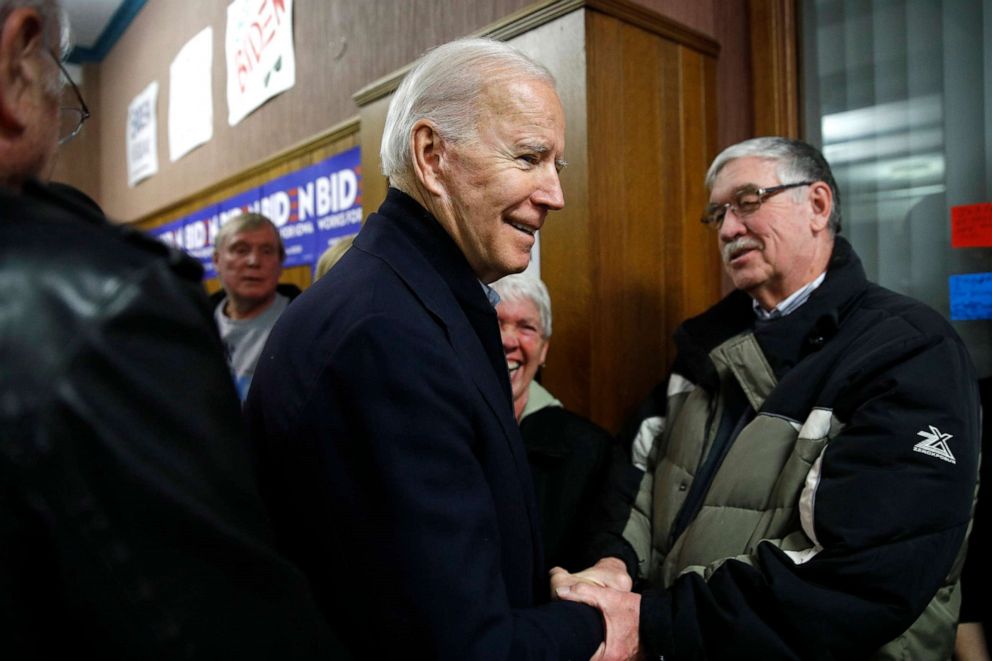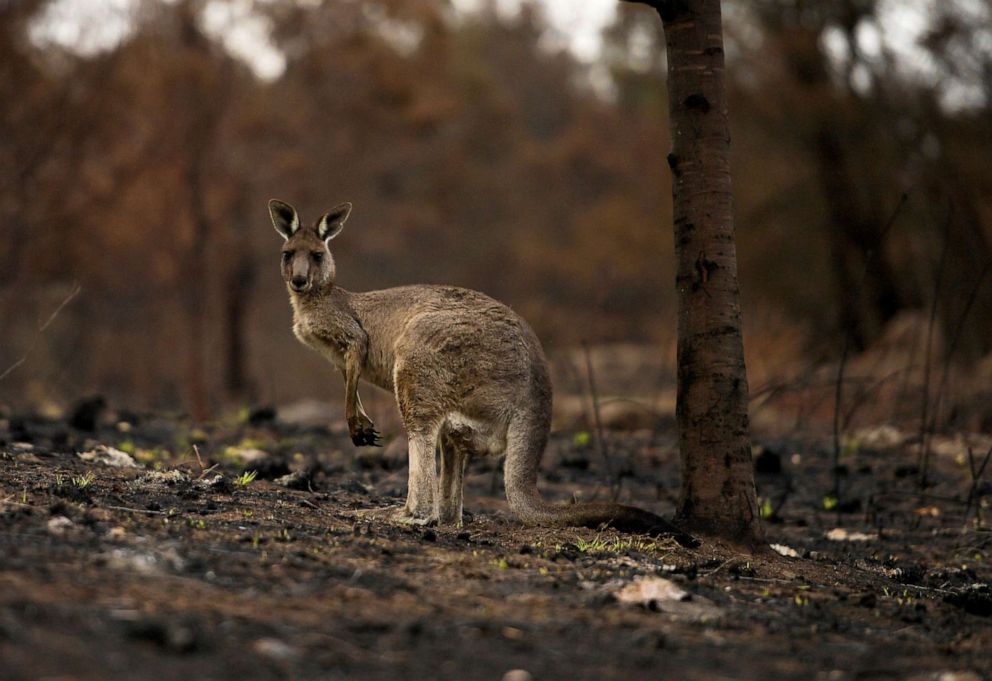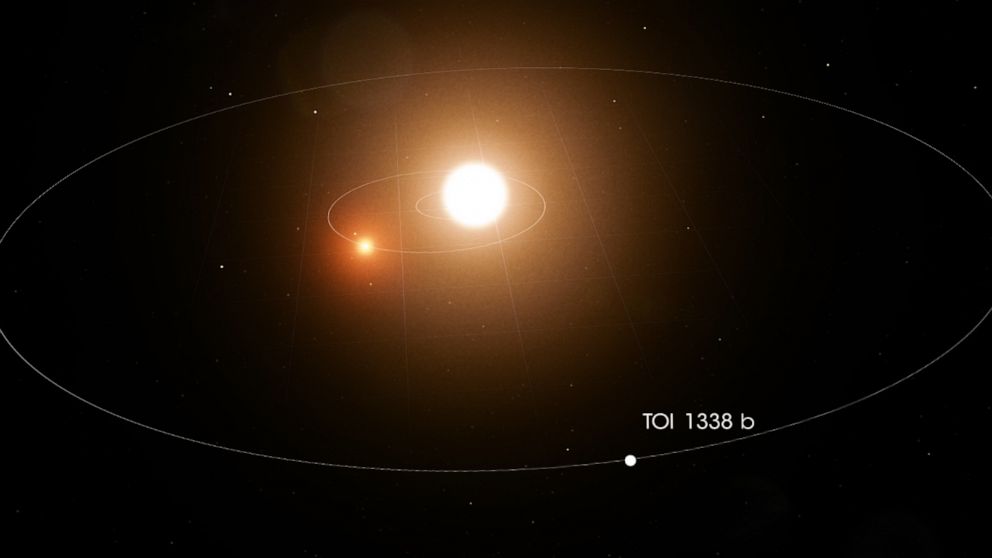'Start Here': 'Highly likely' Iran downed Ukrainian airliner, U.S. official says
Here's what you need to know to start your day.
It's Friday, Jan. 10, 2019. Let's start here.
1. Iran plane crash
A U.S. official confirmed to ABC News it was "highly likely" that Iran shot down the Ukrainian passenger plane that crashed Wednesday morning in Tehran.
The crash occurred about three hours after Iran targeted U.S. military sites in retaliation for the U.S. drone strike that killed Iranian commander Qassem Soleimani.
"This came less than four hours after Iran launched all those missiles into Iraq," ABC News Senior Transportation Correspondent David Kerley tells "Start Here" today. "Tensions were very high -- was somebody trigger-happy? We don't know the answer to that yet, but it appears that it was a missile that brought down this civilian aircraft with 176 folks on board."
2. 2020 Democrats
With the Iowa caucuses just weeks away, FiveThirtyEight has created a statistical forecast to figure out which Democratic presidential hopeful is favored to win the nomination.
"We're somewhat literally trying to simulate the entire process of the primary, which is a complicated process because for one thing, what happens in one states affects the other states," FiveThirtyEight Editor-in-Chief Nate Silver says.
It's a fairly wide open race, according to Silver, but he notes that former Vice President Joe Biden is a front-runner with a 2 in 5 chance of winning a majority of pledged delegates. There's also a 3 in 5 chance that someone other than Biden -- or no one -- wins a majority of pledged delegates.

3. Devastating wildfires
Two dozen Australians in the state of New South Wales have been charged with deliberately setting fires as record-large blazes continue to burn across the country.
ABC News' Maggie Rulli updates "Start Here" with the latest on fire conditions from on the ground: "It just seems relentless, it's never-ending and we're expecting another high-fire danger day today and tomorrow."

"Start Here," ABC News' flagship podcast, offers a straightforward look at the day's top stories in 20 minutes. Listen for free every weekday on Apple Podcasts, Google Podcasts, iHeartRadio, Spotify, Stitcher, TuneIn or the ABC News app. Follow @StartHereABC on Twitter, Facebook and Instagram for exclusive content and show updates.
Elsewhere:
'A determined adversary': With tensions between Washington and Tehran on the rise, election security officials are warning of possible retaliation from Iran in the form of election meddling.
'It's not over': The number of migrants stopped by authorities along the southern border continued to fall in the final month of 2019, according to U.S. Customs and Border Protection data.
'Supervised by monkeys': Boeing, under scrutiny for its 737 Max airliner, has released more than 100 pages of internal communications that the company itself is calling "completely unacceptable."
From our friends at FiveThirtyEight:
Nate Silver presents FiveThirtyEight's above-mentioned forecast of who will win the 2020 Democratic nomination.
Doff your cap:
If you've ever done an internship while in school, you know how important it is to leave a good impression. And a New York high school student did exactly that when he was interning this past summer at NASA.
Scarsdale High School senior Wolf Cukier was poring over data on star brightness at NASA’s Goddard Space Flight Center in Greenbelt, Maryland, when he observed what appeared to be a slight darkness in a star system 1,300 light-years from earth.

It turned out that Cukier, 17, had discovered a planet 6.9 times larger than Earth that orbits two stars -- what scientists call a circumbinary planet.
"I had a lot of data in my notes that day," Cukier said. "But when I saw this one, I put 10 asterisks next to it."
Cukier and his mentors are now looking for a science journal to publish a paper they wrote about the discovery.




